Learning to surf in the UK: The Do's and Don'ts
Of course, in the ideal world, we would all be able to learn to surf in Hawaii or Australia, alas, it’s sadly not a realistic option for most of us. Although learning to surf in the UK may not sound as exciting, there are some amazing surfing spots around the coast which regularly have great surf, as well as having shops offering board rental and lessons. Here’s a collection of our top tips for learning to surf in the UK and how to stay safe in the water.
DO get a couple of lessons first.
Though the basics of surfing may look pretty straight forward (paddle to waves, get on waves, stand on board, surf), starting with a lesson will prevent you picking up bad habits and will give you some proper guidance if you don’t know any keen surfers already.
DON’T only have lessons.
After your first lesson, it’s a good idea to get out and practice what you’ve learnt on your own before going to another lesson. That way you’ll be able to go back with plenty of questions to ask and you’ll know the areas that you’re struggling with on your own.
DO check the tides before you go.
The UK is very tidal, and you don’t want to be carrying your surfboard a mile out to get to the water!
DON’T go surfing alone.
Always bring someone to keep an eye on you from the beach, and make sure they know how long you’re planning to be out for. Loads of surfing beaches around the UK have lifeguards on duty for a good part of the year, make the most of this and surf somewhere where you know someone will be looking out for you.
DO make sure you understand what a rip current is, how to spot one and how to get out of one.
A rip current is a strong surface current, that flows from the beach out to sea. If you ever find yourself in a rip current, don’t swim directly against it towards the shore, as you will exhaust yourself. Instead, swim sideways across the beach and out of the current. You can find out more information about rip currents on the RNLI website.
DON’T be put off by the pros.
It’s easy to be intimidated when you feel like everyone else already knows what they’re doing, but everyone started somewhere, and most surfers are friendly enough to give you a few pointers if you ask.
DO make sure you’re wearing the right kit.
A wetsuit is essential in the UK, as staying warm in the water will allow you to stay out for longer, and hit the beach more often throughout the year. Make sure you’re wearing a good quality one, and the right thickness for the time of year. Check out our wetsuit guide for more tips, or shop wetsuits now.
DON’T forget about your feet.
If you’re surfing into the colder months, booties (and gloves) will be a necessity to keep your extremities warm. You should also think about the beach you’re heading to as well though, rockier shores increase the risk of injury to your feet. Some UK beaches are also home to the weever fish. Getting stung by one of these, although by no means lethal, is incredibly painful (trust me, I’ve seen grown men with tears in their eyes) and will certainly put an end to your session that day. Take a look at our wide range of wetsuit boots to find the right pair for you.
DON’T overestimate yourself to early.
When you’ve had a few lessons and you’re feeling keen and ready to buy your own board, do your research properly. Beginners should start with a larger, foam board, as they’re much more stable and easier to stand on, as well as generally being a bit cheaper. It’s tempting to push for a smaller volume if you’ve been improving quickly so far, but going too small can make a huge difference, and you may end up taking three steps instead. In the big surfing locations around the UK, you’ll find a good few surf shops with knowledgeable staff who’ll be able to help you make the right choice for your current skill level.
DO practice, practice, practice!
Don’t be afraid to get out there and keep trying, even when you feel like you’re not making any progress. It’s pretty obvious, but the more you put in, the more you get out! Make the time and get out there as much as you can!
--
Written by Eliza Tilbury
Updated on 1st October 2019
Originally published on 26th June 2019 in Surfing










































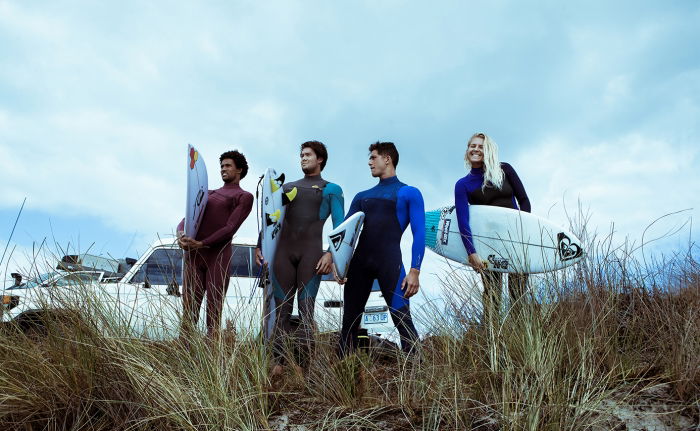




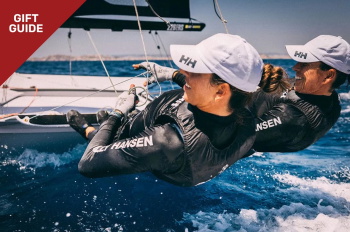
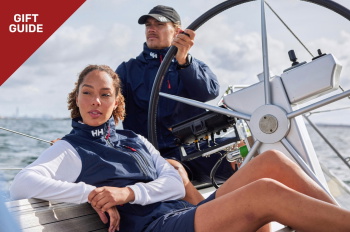
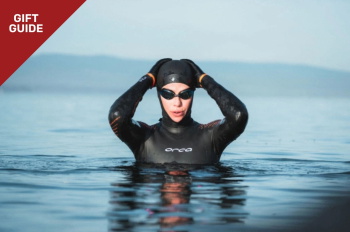
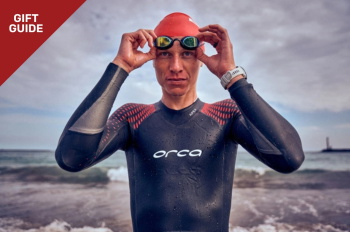
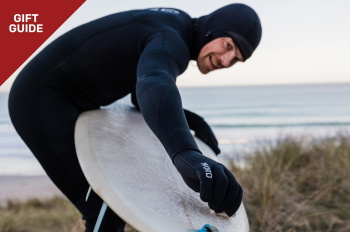
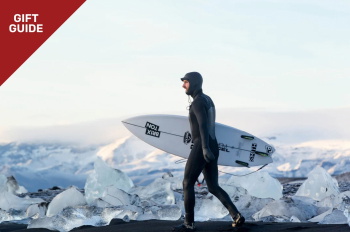

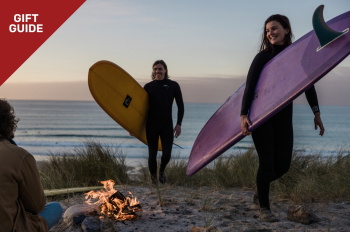
 Visit the US site
Visit the US site 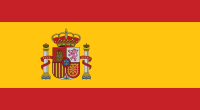 Continue to ES
Continue to ES